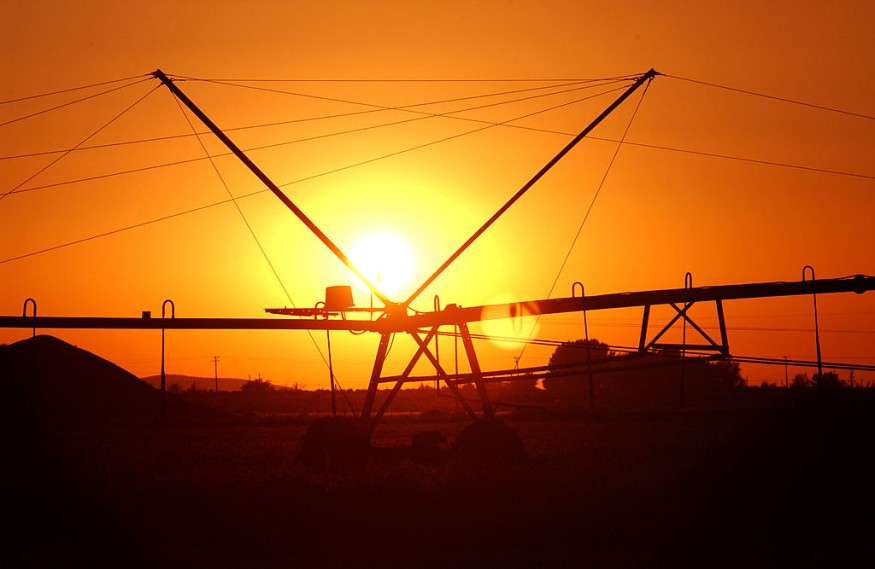
University of Cambridge researchers created grids of high-rise 'nano-housing' using 3D printing to help communities of bacteria grow quickly, converting sunlight to electricity.
Researchers extract energy faster through the tiny 'skyscrapers' as they serve as home to these photosynthetic bacteria, increasing the amount by over an order of magnitude. The leftover waste electrons could then be used to power small electronics, Techxplore reported.
Unlike traditional methods of renewable bioenergy generation, the Cambridge approach is more competitive as far as solar conversion is concerned, and can even beat many current methods of biofuel generation.
Zero-carbon energy component
The detailed findings published in the journal Nature Materials show how the new study can open new avenues in bioenergy generation, and a "step towards making even more sustainable renewable energy devices for the future," said Dr. Jenny Zhang from the Yusuf Hamied Department of Chemistry, who led the research.
This is because their 3D-printed nanohouse suggests that 'biohybrid' sources of converting solar energy could help achieve the zero-carbon energy goal compared to other currently used renewables that relies on mining or farming and land use that results to loss of biodiversity.
Zhang, along with her colleagues from the Department of Biochemistry and the Department of Materials Science and Metallurgy, aims to make bioenergy generation more "sustainable" and "scalable".
Moreover, the authors wrote that their study demonstrates how bio-energy from photosynthesis could be more efficiently harnessed in the future and provide new tools for three-dimensional electrode design.
"Like a glass skyscraper"
Photosynthetic bacteria or cyanobacteria have long been studied for their capacity to produce hydrogen from renewable resources, according to ScienceDirect.
As the most abundant life form on Earth, researchers have been 'rewiring' photosynthesis systems of the prokaryotes to extract energy from them, but according to Zhang, there has been a "bottleneck" on how much energy can be extracted, which has been misunderstood until now. "Most scientists assumed that the bottleneck was on the biological side, in the bacteria, but we've found that a substantial bottleneck is actually on the material side," Zhang notes.
The cyanobacteria needs a lot of sunlight to grow, and to produce energy, they need to be attached to electrodes.
The team customed 3D-printed electrodes out of metal oxide nanoparticles tailored to work with the cyanobacteria as they perform photosynthesis. Like a tiny city, the electrodes were printed as highly branched, densely packed pillar structures, with "excellent light-handling properties, like a high-rise apartment with lots of windows," Zhang described. "Cyanobacteria need something they can attach to and form a community with their neighbors. Our electrodes allow for a balance between lots of surface area and lots of light-like a glass skyscraper."
As a result, the cyanobacteria exhibited more efficient bioenergy production than other current bioenergy technologies, such as biofuels.
"I was surprised we were able to achieve the numbers we did-similar numbers have been predicted for many years, but this is the first time that these numbers have been shown experimentally," Zhang said.
The approach has allowed the team to "tap into" an energy conversion pathway at an early point, and helped them better understand how energy conversion is carried out for renewable fuel or chemical generation.
Related article: Extensive Use of Salt to De-Ice Our Highways are Causing Damage to Freshwater Ecosystems
© 2025 NatureWorldNews.com All rights reserved. Do not reproduce without permission.





